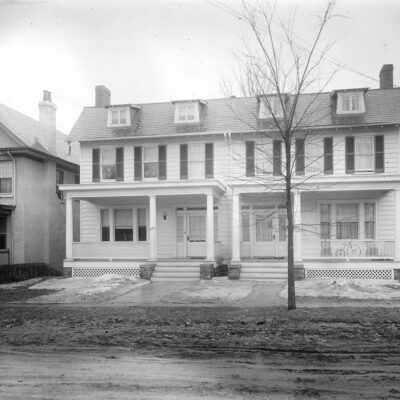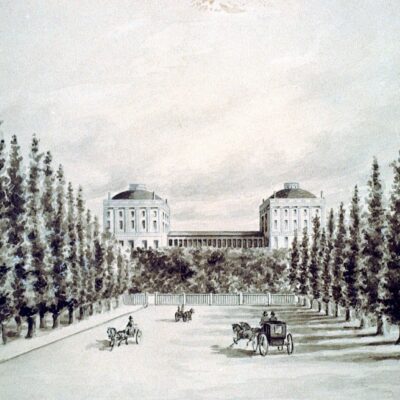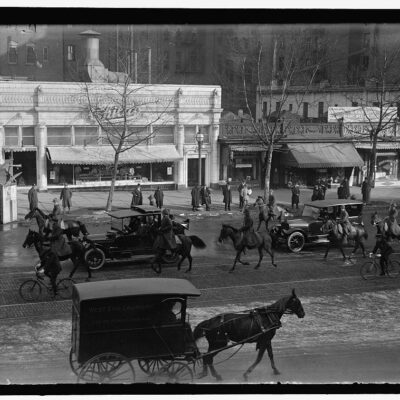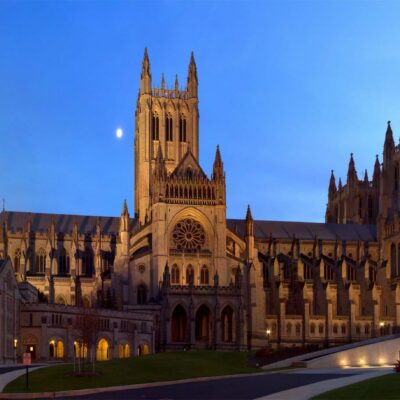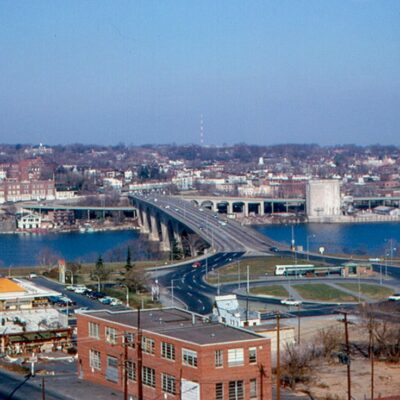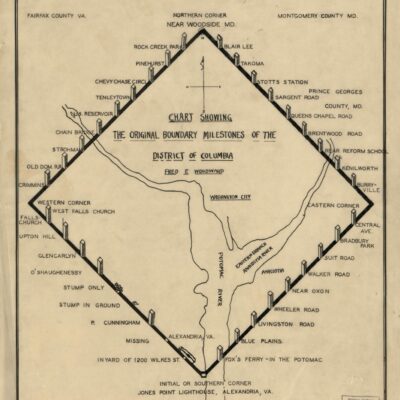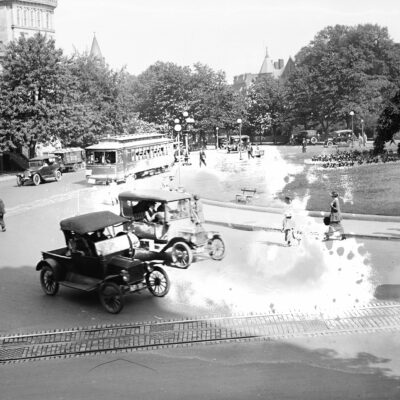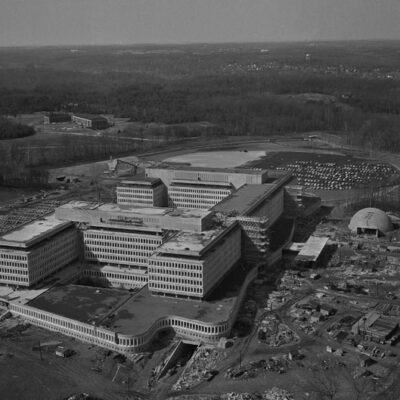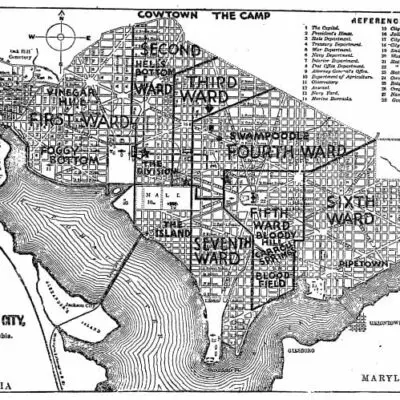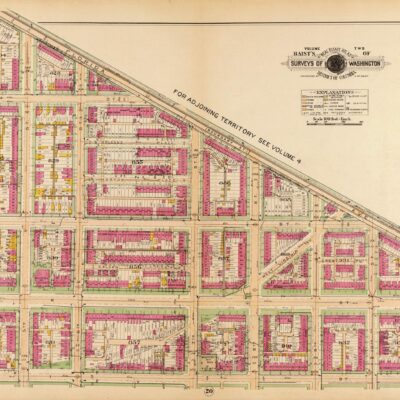The Legend and Its Origins
Like many memorable tales, the story of Braddock’s Rock blends mystery, irony and metaphor. Today an overlooked slab hidden under highways rushing today’s commuters, this unassuming relic nurtured early seeds of an unfamiliar new nation.
As later Washington Post chronicles detail, the rocks once soared 7 feet over Potomac shores when General Edward Braddock landed to launch a transformational campaign. His 1755 camp under the granite canopy marked a milestone in Colonial military evolution. And George Washington tagged along, unwittingly commencing his crash course in commander-in-chief potential.
This majestic marker christened “The Key of All Keys” for enabling critical surveys was quickly engulfed by the rising capital’s sprawl and strife. Builders plundered Braddock’s perch for infrastructure like Capitol halls underpinning republican governance. So the mentor stone that shepherded government headquarters layout eroded into fragments sprinkled below successor substructures.
Even origins fade towards folklore given sparse firsthand accounts. But clearly a highly symbolic stage hosted unfolding events that shaped history. And the public enthronement years later of its remnant attests to latent inspiration still radiating from this storied site. A relic lodged in limbo thus prompts us to contemplate the sweep of progress through glimpses of humble commencements when bustling thoroughfares were virgin wilderness.
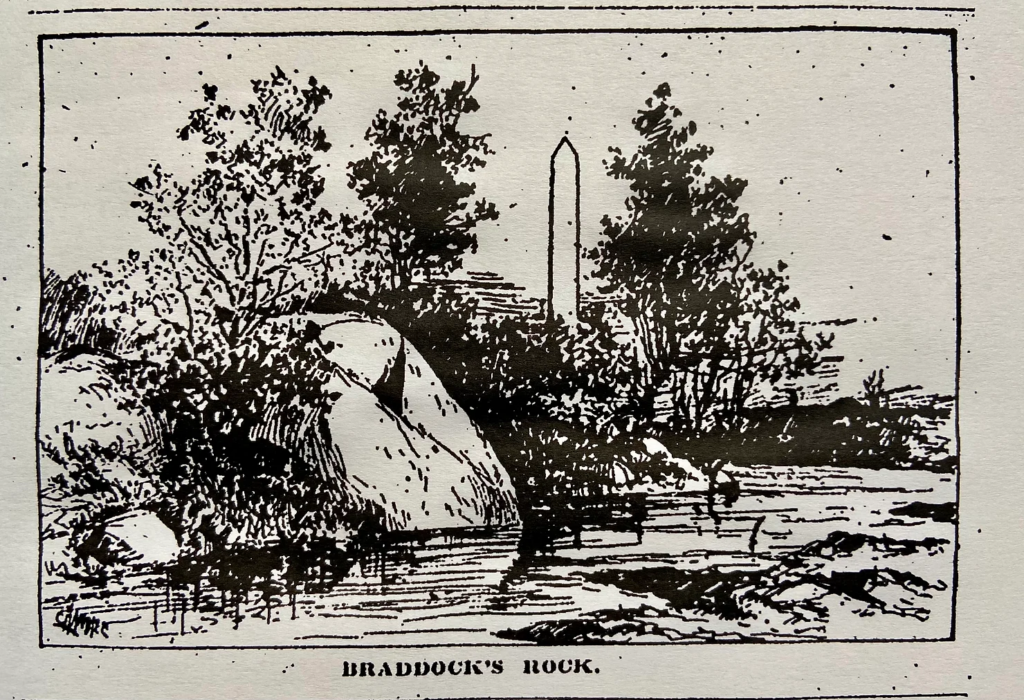
Controversies and Historical Debates
The legend of Braddock’s Rock sparks ongoing debate with sparse documentation. Some historians like those noted in provided texts argue insufficient evidence exists confirming Braddock’s landing. They suggest terrain better accommodated boats farther north nearer Rock Creek’s Potomac junction. But without viable northern docks, others counter only the prominent ridge could support debarkation.
Added articles enrich the landing controversy and reveal enduring uncertainty. In The Washington Post’s 2014 analysis, historian Don Alexander Hawkins rejected associating Braddock with the rock. Hawkins reasoned the recorded topography poorly suited disembarking infantry. But as the Post acknowledged in a 1964 article, “picturesque” tales permeate Braddock’s Rock despite ambiguous origins.
Braddock’s Rock in the Making of Washington, D.C.
Braddock’s Rock indelibly shaped Washington, D.C. despite quarrying. The outcrop served as the cardinal survey point for the capital’s design. Its imposing height and Potomac-side location provided an unmistakable positional reference in an age before modern navigation. This key position earned descriptors like “The Key of Keys,” underscoring its importance.
As the city expanded, demand grew for building materials. An estimated third of the milestone stone eroded through construction supply requisitions, especially early Federal facilities. For example, the Capitol and White House likely incorporated granite blocks blasted from Braddock’s Rock into their foundations. Though integral, the shrinking outcrop suffered damage to support the growth of our emerging new capital city.
Still, the legacy persists of Braddock’s Rock enabling Washington, D.C’s structured rise from scattered settlements. It grounded boundary outlines for the monumental buildings distinguishing the cityscape today. The very institutions symbolizing American democracy anchor to bedrock that General Braddock allegedly trod during a formative pre-Revolutionary expedition. So deep beneath halls of power echo faint traces of the weathered boulder that long guided transformation of the former swampland terrain.
The Modern State of Braddock’s Rock
Now an unassuming and unnoticeable monument, Braddock’s Rock persists as a specter of early D.C. Before the adjoining Teddy Roosevelt bridge opened, its remnants found sanctuary underground, as The Post described in 1964. The battered outcrop once guiding soldiers and surveyors faced mounting encroachment from growing urbanization. As The Post’s John Kelly noted in 2014, this upheaval buried Braddock’s Rock under 16 feet of earth beside Potomac reclamation projects that reshaped terrain.

At surface level by a noisy overpass, a weathered plaque honoring the landmark blends into roadside greenery. Despite isolation behind infrastructure traversing the altered riverfront, the mysterious Rock attracts curious wanderers. They seek vestiges of the craggy peak where events consequential to the American identity possibly unfolded.
The modern aftermath cannot erase Braddock’s imprint on D.C. history. As Kelly wrote, the area’s transformation simply layered more change upon the Rock. Before bridges and highways overtook Foggy Bottom, the prominent ridge served as the U.S. capital’s keystone. Surveyors referenced the Pin of Keys in plotting boundary lines for iconic buildings that redefined former marshland’s skyline. So as unnoticed echoes of the past reverberate underground, the foundational legacy of Braddock’s once imposing Rock still quietly reigns.
The Enduring Legacy and Questions
The story of Braddock’s Rock reaches deeper than its physical form into the very foundations of America. As described in a 1964 Washington Post article, the rock was a “milestone, marking the progress of the colonists” during a pivotal period of warfare and settlement. Its role in General Braddock’s consequential 1755 mission at the dawn of the French and Indian War and later enabling the birth of Washington, D.C. cemented its place in history.
The rock’s layered legacy parallels the complexity of colonial milestones, interwoven with both struggle and progress. And its central positioning at the early crossroads of iconic events that shaped the nation further enshrined Braddock’s Rock as an enduring historic emblem of American genesis. Though subdued in present form, the echoes of its influential past still faintly resonate today.




